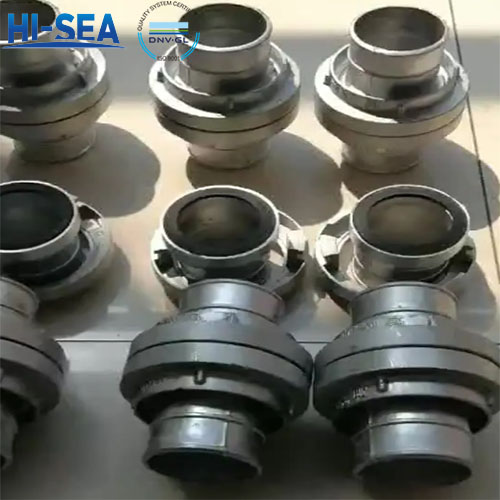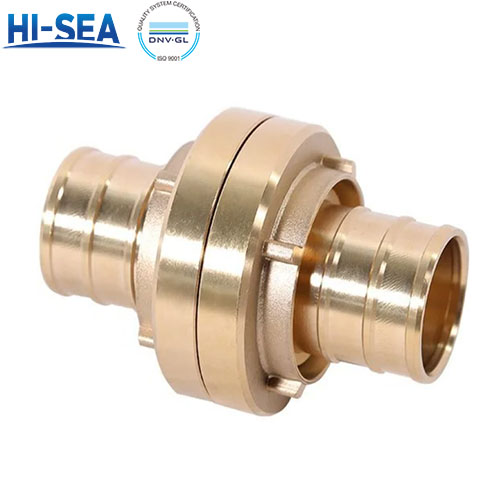
Fire Fighting Coupling
Fire fighting coupling is a connector used to join hoses, nozzles, hydrants, and other firefighting equipment together to form a complete water delivery system. These couplings are essential in firefighting operations for swiftly connecting hoses to water sources, pumps, or other hoses.
Overview
Main Types
There are different types of fire hose couplings, but they generally fall into two categories: threaded couplings and non-threaded couplings.
Threaded Couplings: These couplings have threads that screw onto corresponding threads on hoses, hydrants, or other equipment. They provide a secure and tight connection, ensuring there are no leaks. Common threaded coupling types include:
National Standard Thread (NST) or National Pipe Thread (NPT): These are widely used in the United States.
British Instantaneous Coupling (BIC): Used in the UK and some other countries.
Storz Coupling: A quarter-turn bayonet-style coupling used in Europe and many other parts of the world.
Non-threaded Couplings: These couplings don't rely on threads for connection. Instead, they use a quick-connect mechanism, which allows for rapid connection and disconnection. Popular non-threaded coupling types include:
Quick Connect Couplings: These often use a spring-loaded mechanism for quick attachment.
Camlock Couplings: Also known as cam and groove couplings, these involve two parts - the male adapter and the female coupling - which are pressed together and twisted to lock in place.
Image of Fire Fighting Coupling






